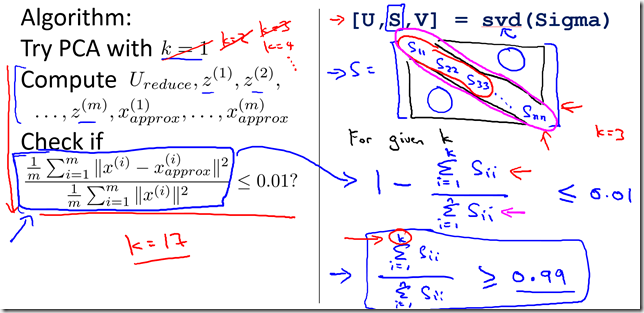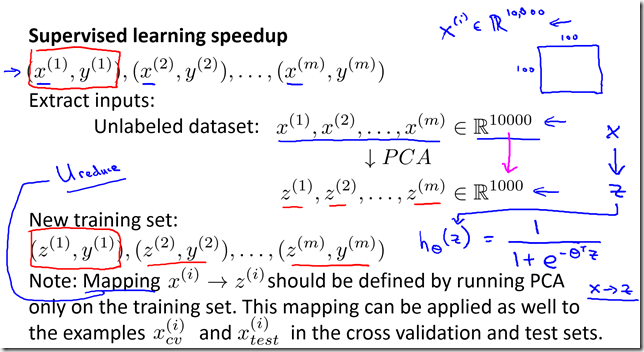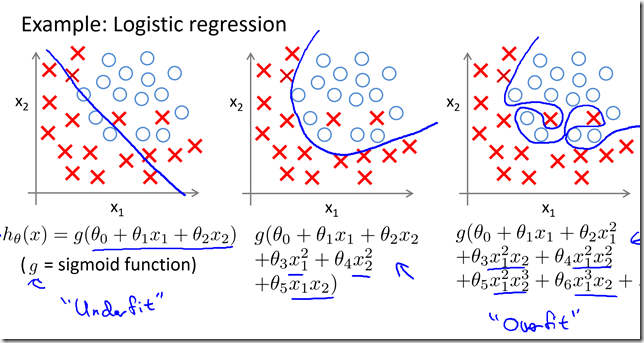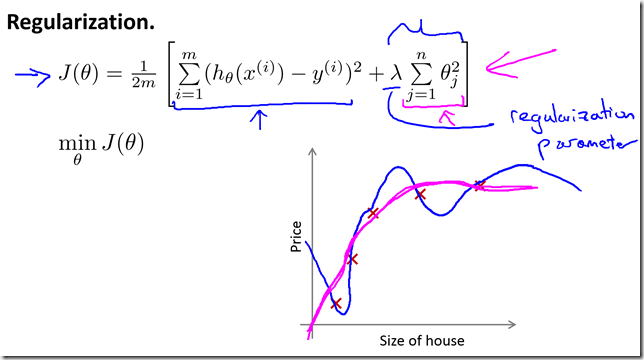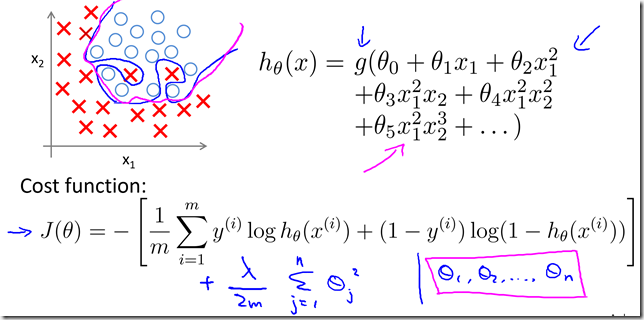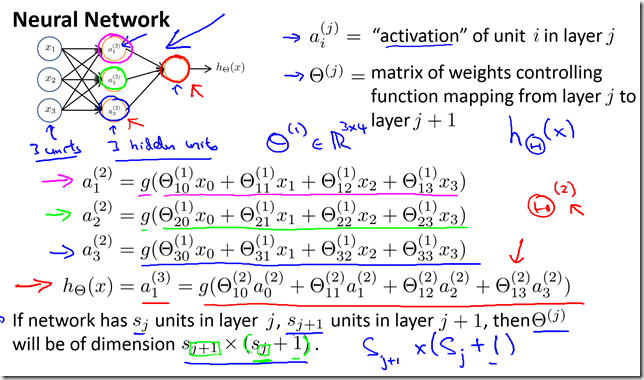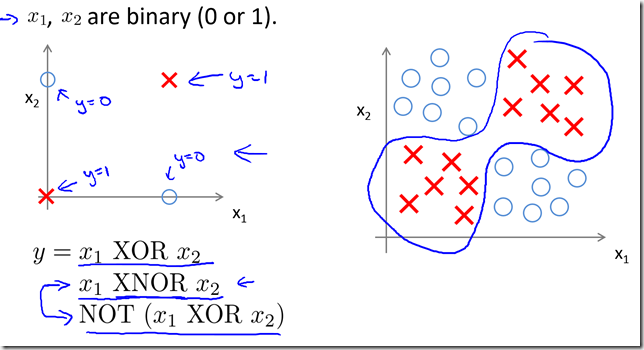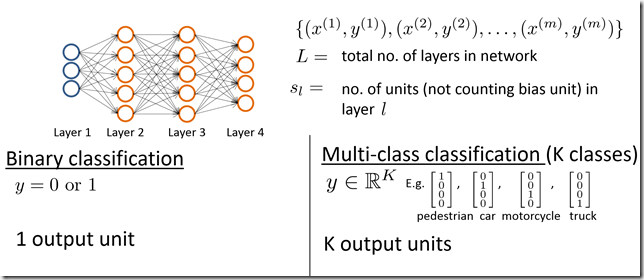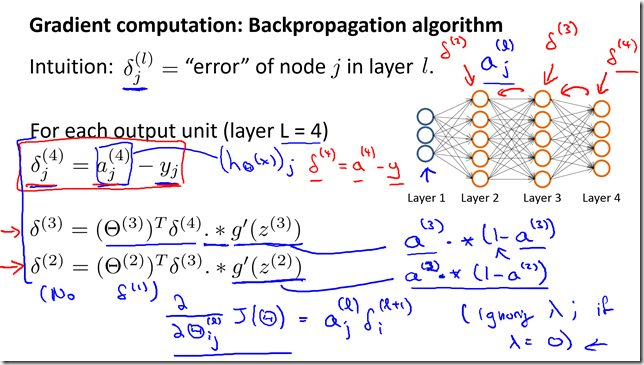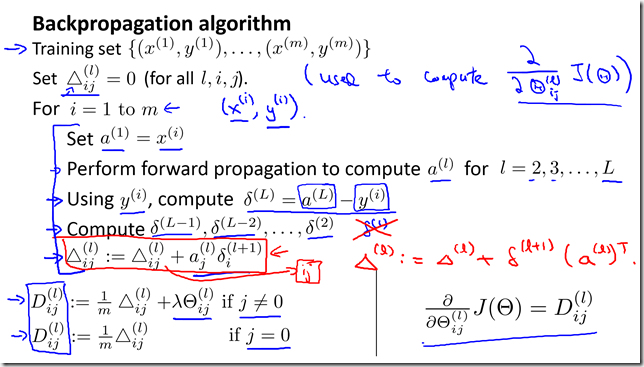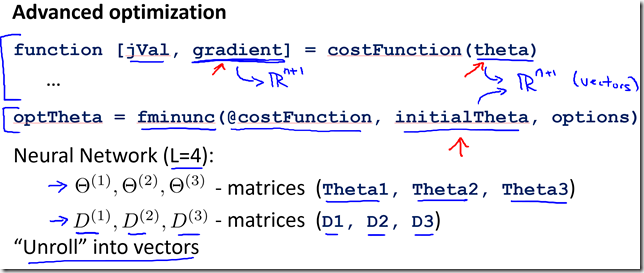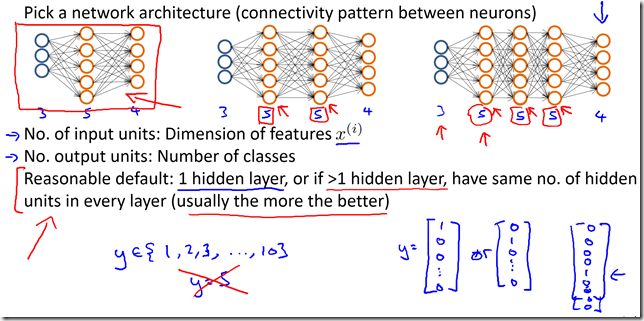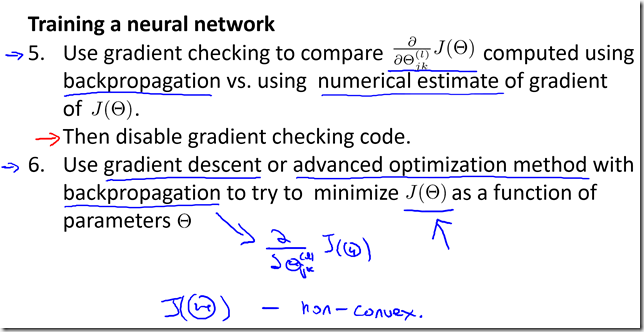Summary from the Stanford's Machine learning class by Andrew Ng
- Part 1
- Supervised vs. Unsupervised learning, Linear Regression, Logistic Regression, Gradient Descent
- Part 2
- Regularization, Neural Networks
- Part 3
- Debugging and Diagnostic, Machine Learning System Design
- Part 4
- Support Vector Machine, Kernels
- Part 5
- K-means algorithm, Principal Component Analysis (PCA) algorithm
- Part 6
- Anomaly detection, Multivariate Gaussian distribution
- Part 7
- Recommender Systems, Collaborative filtering algorithm, Mean normalization
- Part 8
- Stochastic gradient descent, Mini batch gradient descent, Map-reduce and data parallelism
Anomaly detection
- Examples
- Fraud Detection
- x(i) = features of users i activities.
- Model p(x) from data
- Identify unusual users by checking which have p(x) < epsilon
- Manufacturing
- Monitoring computers in a data center
- Fraud Detection
- Algorithm
- Choose features x(i) that you think might be indicative of anomalous examples.
- Fit parameters u1,…un, sigma square 1,… sigma square n
- Given new example x, compute p(x):
- Anomaly if p(x) < epsilon
- Aircraft engines example
- 10000 good (normal) engines
- 20 flawed engines (anomalous)
- Alternative 1
- Training set: 6000 good engines
- CV: 2000 good engines (y=0), 10 anomalous (y=1)
- Test: 2000 good engines (y=0), 10 anomalous (y=1)
- Alternative 2:
- Training set: 6000 good engines
- CV: 4000 good engines (y=0), 10 anomalous (y=1)
- Test: 4000 good engines (y=0), 10 anomalous (y=1)
- Algorithm Evaluation
- Anomaly detection vs. Supervised learning
- Very small number of positive examples
- Large number of positive and negative examples.
- Large number of negative examples
- Enough positive examples for algorithm to get a sense of what positive examples are like, future positive examples likely to be similar to ones in training set.
- Many different “types” of anomalies. Hard for any algorithm to learn from positive examples what the anomalies look like; future anomalies may look nothing like any of the anomalous examples we’ve seen so far.
- Fraud detection
- Email spam classification
- Manufacturing (e.g. aircraft engines)
- Weather prediction (sunny/rainy/etc).
- Monitoring machines in a data center
- Cancer classification
Anomaly detection
Supervised learning
- Choose what features to use
- Plot a histogram and see the data
- Original vs. Multivariate Gaussian model
























